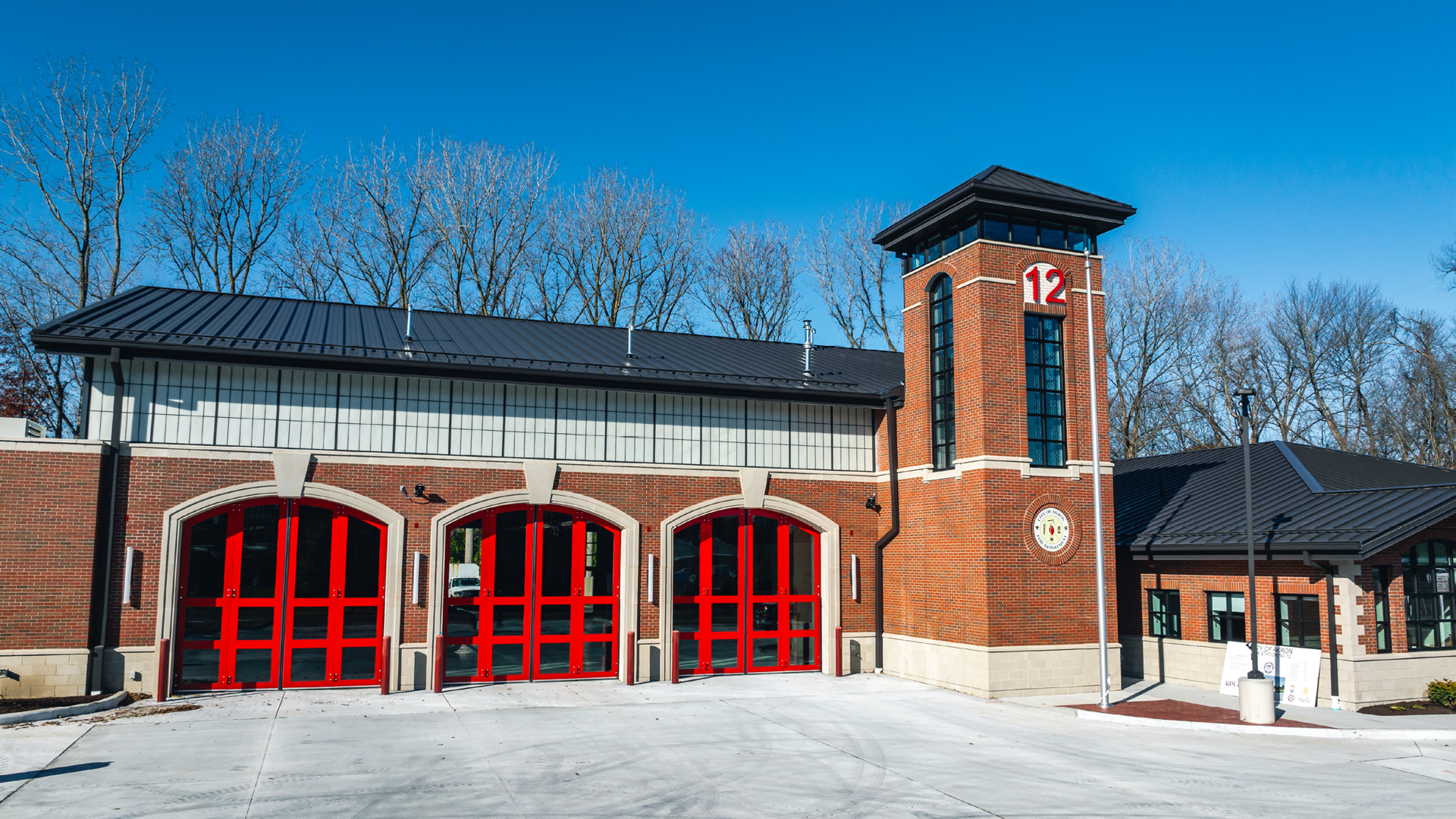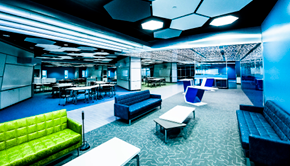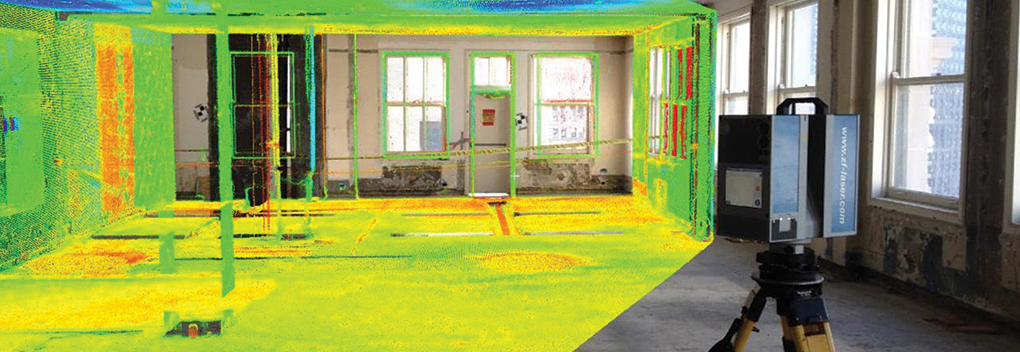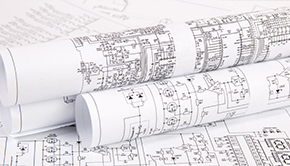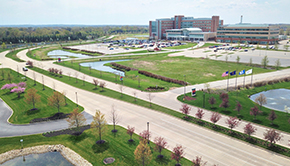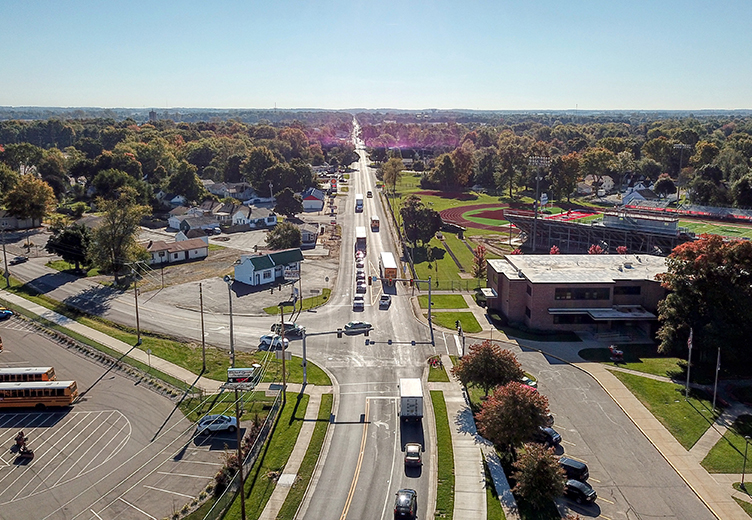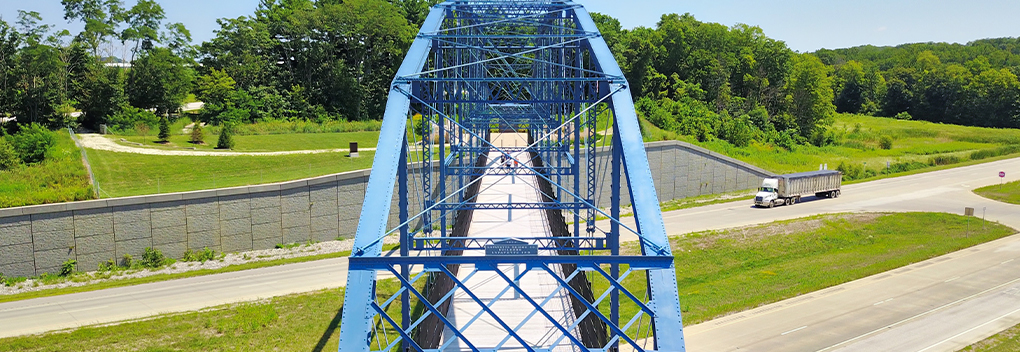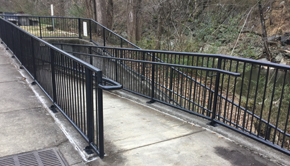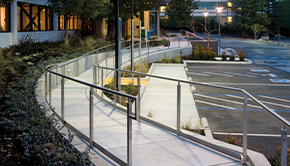We all know the importance of collaboration. Completing projects successfully in the fields of architecture and engineering requires working directly with other disciplines. Before COVID that was as simple as scheduling a face-to-face meeting with clients and disciplinary representatives.
COVID has changed the way we do things, ranging from mask-wearing and social distancing to no longer meeting in person. How do we maintain the same quality standards and collaboration levels as we saw before the outbreak started?
Within DLZ’s Architecture department, we deploy the following methods:
Zoom
Even before COVID, Zoom was making waves. This virtual meeting and collaboration tool features functionality for video conferencing, screen sharing, instant messaging, and audio calls. Many meetings that used to be face-to-face can now be coordinated through Zoom video conferencing. This still allows for speaker visualization using web cameras.
For non-meeting discussions between individuals, instant messaging provides a reliable form of communication. The quick screenshot tool allows users to take a quick shot of what they’re discussing for visual reference. Additionally, it provides a log of conversations that can be looked back at later.
One of the biggest accomplishments of Zoom is the ability to use it for remote teaching purposes. With offices spread throughout the Midwest, in-person teaching isn’t always an option, and with COVID it isn’t advised. Zoom allows experienced staff to work with younger staff members via video conferencing and screen sharing. This includes the ability to request and take control of someone else’s screen, minimizing the confusion of audio directives.
Zoom has become the primary replacement for in-person meetings during these times. Other software, such as GoTo Meeting, provide similar functions.
Microsoft Teams
Microsoft’s version of meeting and collaboration software allows users to create teams of individuals. These teams then have access to group chats and the ability to have meetings through the software. Much like Zoom, it’s possible to do calls and share your screen with other users.
Teams has other functions, such as a shared wiki, which is useful for project milestone tracking. This function also allows for the ease of tracking of team roles. There’s also a file share function that allows files to be shared solely with the team members. This is especially great for project coordination when files need to be shared with team members outside of the company.
BIM360
A service of Autodesk, BIM360 uses cloud hosting to store Revit models and other project-related files. This service allows members of outside companies to collaborate on the same file without outside partners needing access to a company server. The service is specific to the people added to the project, so other than administrators, no one else can access the file system, which keeps sensitive projects secure.
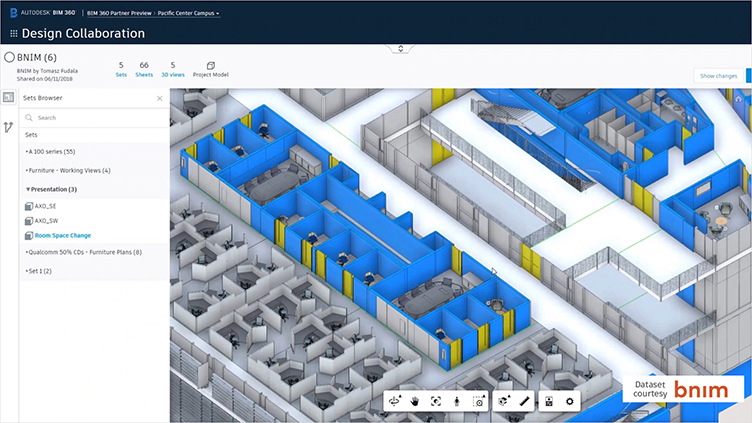
The benefits of working in BIM360 are numerous. First and foremost, it allows for direct collaboration between the disciplines as work is updated in real time. Conflict errors between disciplines are rarer regardless of whether a single file is being used or a system of files for each discipline is being used. Additional benefits include a faster workflow as everyone’s data is directly in front of you, and users can work from any location instead of having to be in an office with access to a company server.
BIM360 also allows outside users to view the 3-Dimensional version of files in a web browser, which is great for sharing progress with the owner. Another useful tool is the ability to use web software to track changes between versions. This is extremely helpful when a design change needs to be made to the plan, and the change requires additional work from other disciplines.
Conclusion
In today’s technologically advanced age, quality through collaboration does not have to go by the wayside. With the tools outlined here we can continue to function at the same high standards as we did before the COVID outbreak. These new changes, while different from what we’re used to, still allow the level of interaction necessary for punctual completion of projects with a focus on quality.





